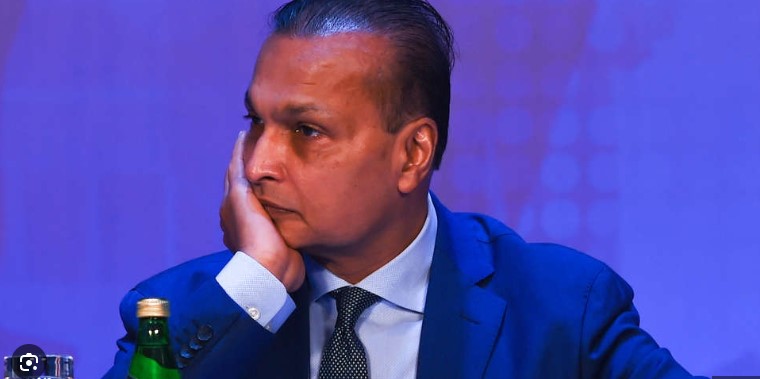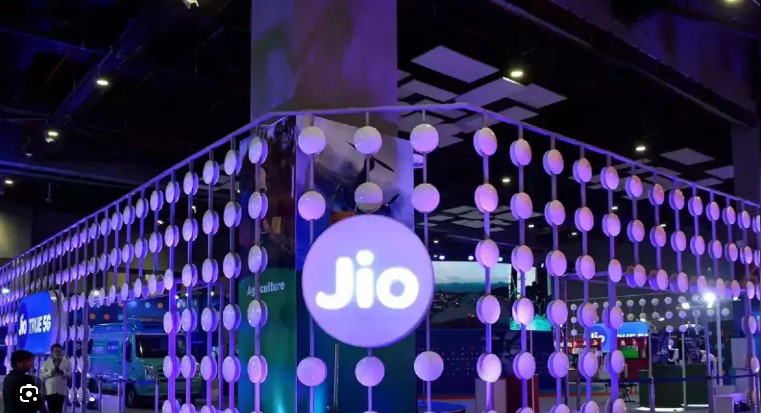

Google Antitrust Case India Smart TV: What the Settlement Means for Consumers
In a major development for India’s digital ecosystem, the Google antitrust case India smart TV market dispute has reached a settlement. The Competition Commission of India (CCI), the country’s antitrust watchdog, has formally approved a resolution with Google following allegations of unfair practices in the Android smart TV sector. As part of the deal, Google has agreed to modify its licensing approach and pay a penalty of ₹202.4 million. This move is expected to enhance competition, offer more freedom to TV manufacturers, and potentially lead to more choices for consumers.
Understanding the Case: Why Google Was Investigated
The investigation into Google’s practices began after two Indian antitrust lawyers filed a formal complaint. According to the CCI’s findings, Google misused its dominant position in the smart TV operating system market by forcing manufacturers to pre-install a full suite of Google apps—including the Play Store—if they wanted access to Android.
This practice effectively blocked TV makers from using customized versions of Android, known as Android forks, or from opting for entirely different operating systems. The CCI concluded that these actions limited innovation and reduced market competition, making it harder for new or smaller players to compete fairly.
Table of Contents
ToggleKey Findings by the CCI
The core of the CCI’s case centered around two agreements—TADA and ACC—that Google used with its partners. These contracts bundled Google’s apps and services together, making it a requirement for manufacturers to pre-install them if they wanted access to any part of the ecosystem. As a result:
Manufacturers were prevented from developing or using Android forks.
Google solidified its position by discouraging alternative platforms.
Innovation in the smart TV space was stifled.
By using these agreements, Google ensured that its app ecosystem remained dominant, reducing the chances for other software platforms or app developers to gain ground.


Settlement Terms: What Changes Now
As part of the settlement in the Google antitrust case India smart TV issue, Google has agreed to several changes:
Separate Licensing: Google will now offer separate licenses for its Play Store and Play Services on Android smart TVs, moving away from its previous all-or-nothing approach. However, these licenses will now come with a fee.
Manufacturer Freedom: Google will write to its Indian partners to clarify that they are under no obligation to use Google’s apps or services. Manufacturers are free to use the open-source version of Android or opt for entirely different operating systems if they choose.
Penalty Payment: Google will pay a fine of ₹202.4 million (approximately $2.38 million) as part of the settlement, reinforcing the seriousness of the case.
Impact Beyond TVs: Though the case primarily targets smart TVs, the CCI suggested that this settlement could influence the treatment of Android on other devices in the future, including tablets and streaming boxes.
Impact on TV Manufacturers
This decision is a game-changer for original equipment manufacturers (OEMs). Previously, if a TV brand wanted access to Google’s Play Store or voice assistant features, it had to accept the full suite of pre-installed Google apps. Now, with modular licensing, manufacturers have more flexibility in customizing their user experience.
This opens the door for:
More brand-specific innovations in the user interface.
Integration with non-Google services or app stores.
The development of localised operating systems tailored for Indian users.

What This Means for Indian Consumers
Consumers will likely benefit in multiple ways from the Google antitrust case India smart TV settlement:
More Choices: With fewer restrictions, TV makers may introduce more diverse operating systems, interfaces, and app ecosystems.
Competitive Pricing: Increased competition could lead to better pricing and value-for-money smart TVs.
Innovative Features: Freed from Google’s tight app control, manufacturers might explore AI-powered interfaces, region-specific features, or curated app stores.
However, some users might experience inconsistency across brands if more TV makers adopt varied software platforms. While this could lead to a richer feature set, it may also introduce a learning curve when switching between TV brands.
Why This Matters in the Global Context
India is one of the largest markets for Google, especially in the Android ecosystem. The decision in the Google antitrust case India smart TV dispute sets a strong precedent for digital fairness and local autonomy in platform governance.
Around the world, tech giants like Google, Apple, and Amazon are increasingly under scrutiny for similar anti-competitive practices. Europe, the U.S., and Australia have all launched investigations or passed laws to keep tech companies in check. India’s decisive regulatory action shows that it, too, is serious about protecting both its consumers and its local tech ecosystem.
A Step Toward Digital Fairness
The CCI’s move aligns with India’s broader goal of ensuring a competitive and innovation-friendly digital economy. This isn’t just about smart TVs—it’s about digital sovereignty and ensuring that no single company can dictate terms to the entire ecosystem.
The outcome of this antitrust case shows that India is prepared to hold even the largest global corporations accountable. For startups and smaller tech firms, this settlement offers hope that they, too, can compete on a level playing field.
Conclusion
The Google antitrust case India smart TV settlement marks a turning point in the regulation of digital platforms in India. By compelling Google to unbundle its services, offering more flexibility to manufacturers, and fostering healthy competition, this decision benefits both the market and end-users. As the effects of the settlement unfold, it will be interesting to watch how India’s tech landscape evolves—perhaps setting the tone for global digital regulation in the years to come.
Indian financial crimes agency freezes Anil Ambani Group properties worth $853 million
In a major move highlighting India’s tightening grip on corporate financial misconduct, the Indian financial crimes agency has frozen properties worth ₹75 …
The Japan flu outbreak has triggered nationwide concern as influenza cases surge across the country, resulting in thousands of hospitalisations and temporary …
Jio Subscriber Additions Lead in August; BSNL Overtakes Airtel as Vi Continues to Lose Users
The Jio subscriber additions in August have once again demonstrated Reliance Jio’s dominance in India’s telecom market. As per the data released …
Royal Enfield Price Cut: Classic 350, Meteor 350, and Hunter 350 Get Cheaper
The recent Royal Enfield price cut has created a buzz among motorcycle enthusiasts across India. The legendary bike maker has officially announced …






